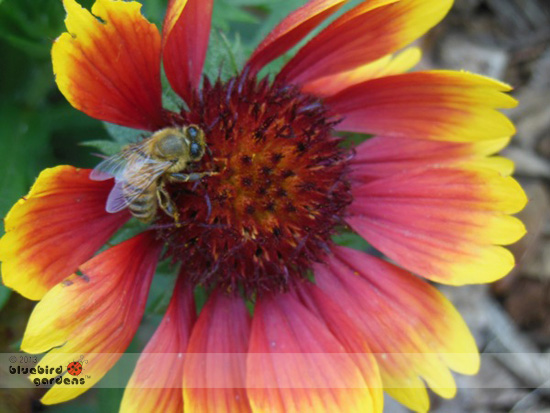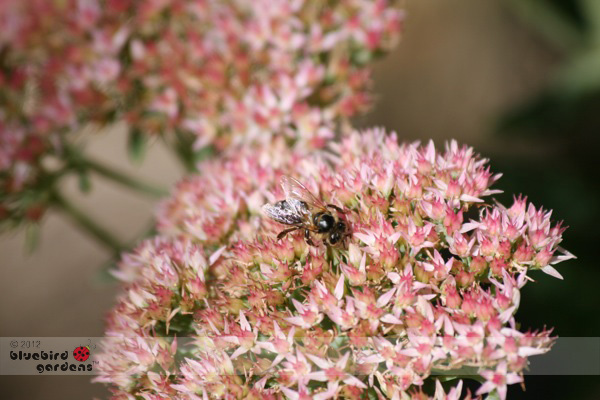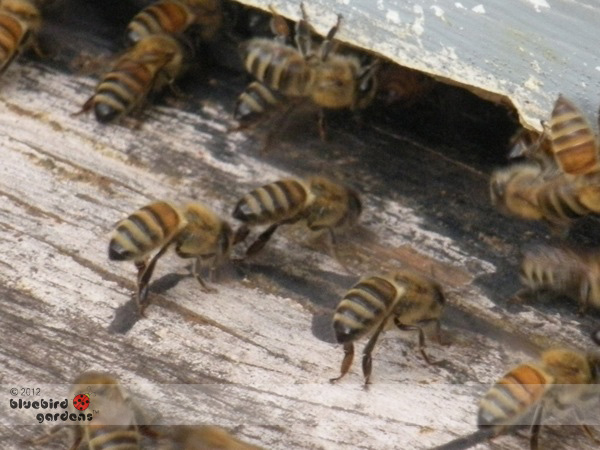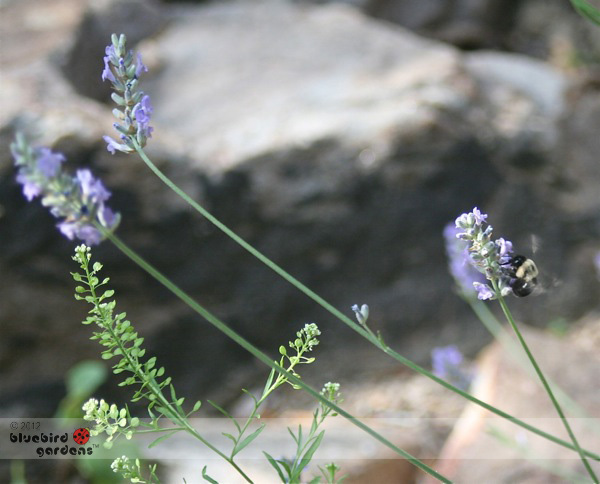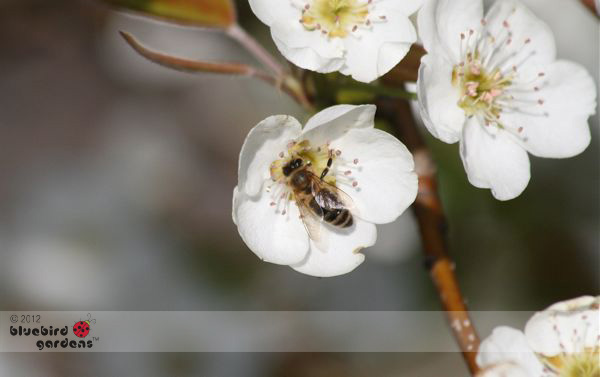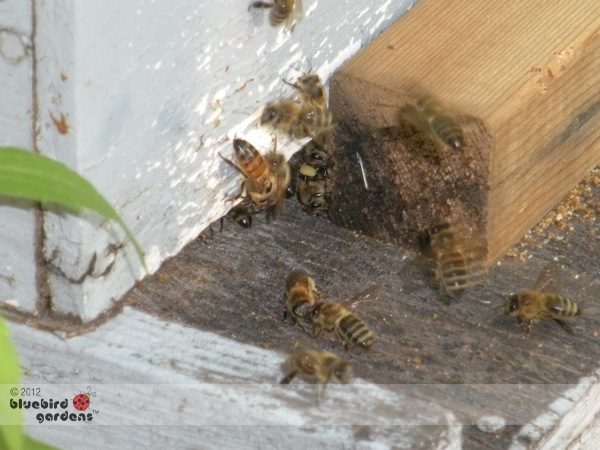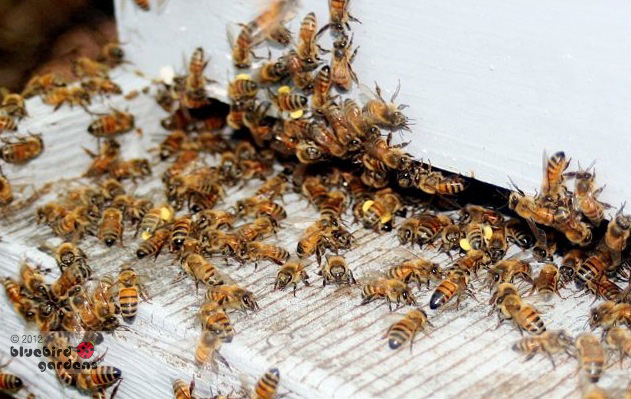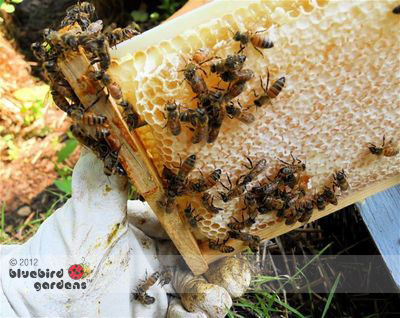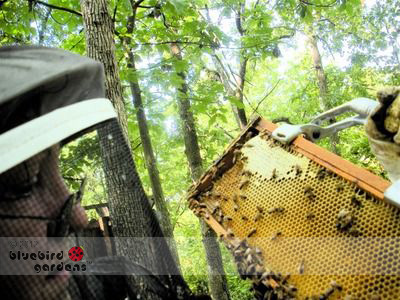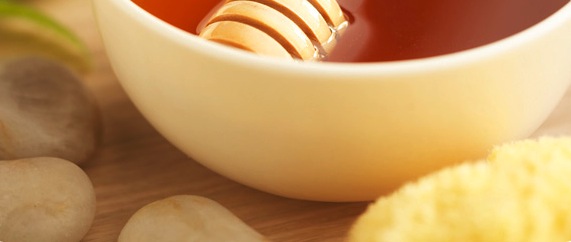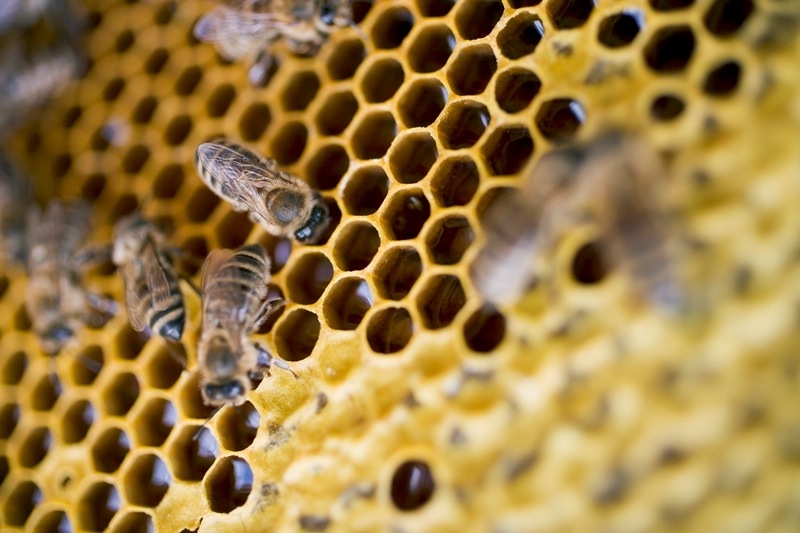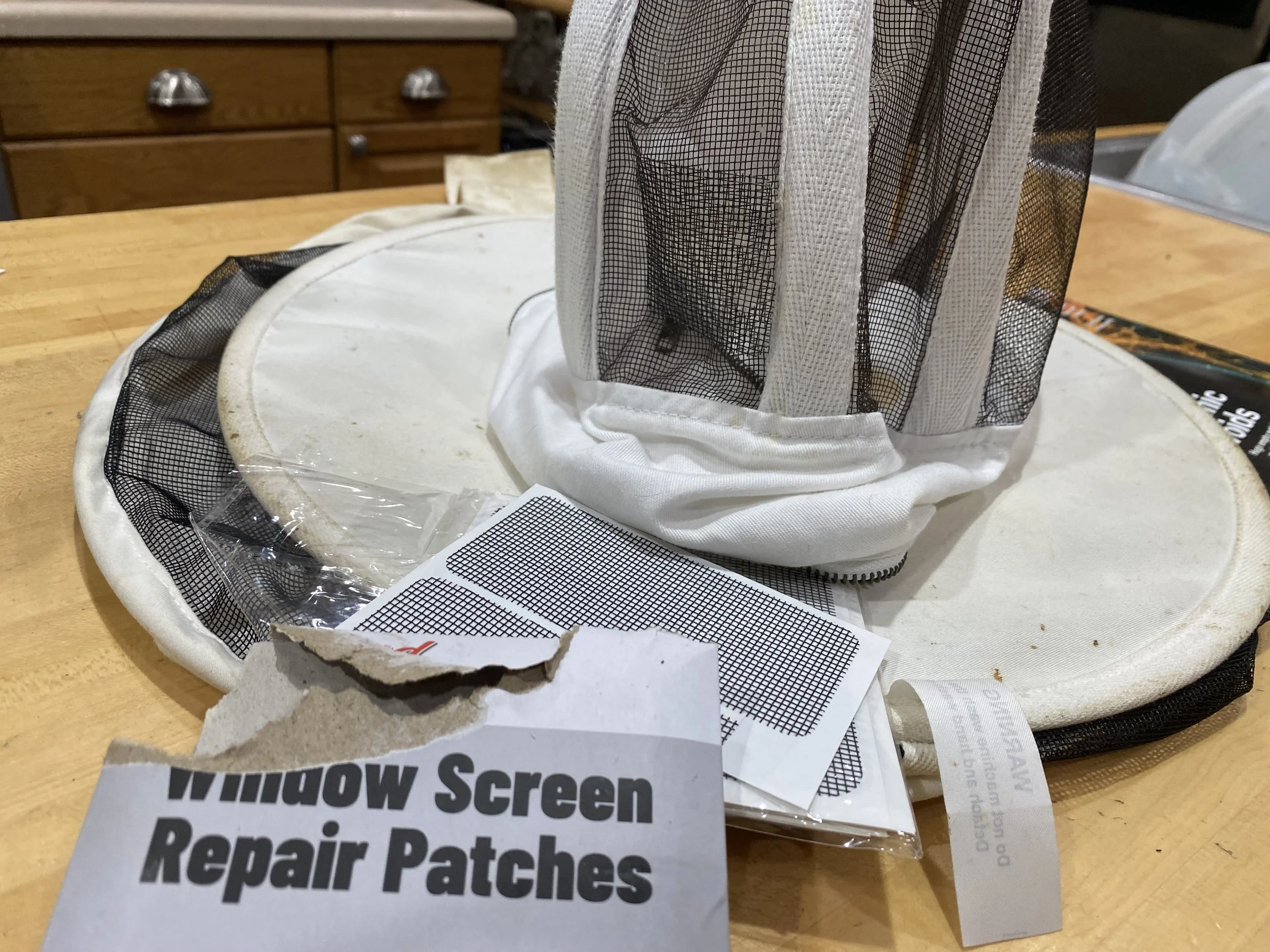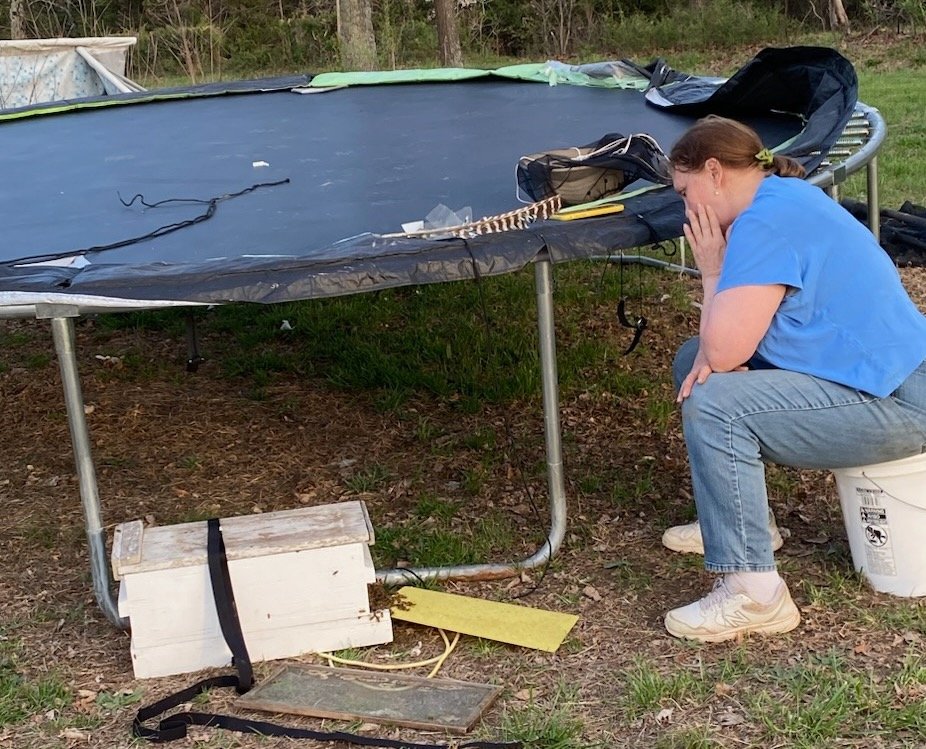Looking for Live Bees
/One of HomeSweetBees.com readers contacted me about getting 30-40 bees a week for therapy for a bad back.
Bee Stings For Arthritis
Although it has not been scientifically proven, some people say applying bees to a certain area of the body helps with arthritis and other medical conditions. Most beehives in Missouri are at their lowest numbers through winter. Beekeepers are not going to open a hive, and expose it to moisture and cold weather, to remove just 30-40 bees a week. Bees form a ball in the center of the hive and make it through winter literally shivering themselves warm. Although a worker bee may only live for 4-6 weeks during summer, worker bees over winter may live as long as 6 months to get the colony from one season to the next.
Personal Observation Hive
Experienced beekeepers tell me people who need bee stings for on-going therapy usually set up an "observation hive," or a hive that's inside with a vent access to the outside so beekeepers can more easily get to, and remove, the needed quantity of honeybees.
Sorry, all of my honeybees are adopted!
Charlotte

